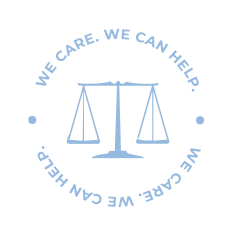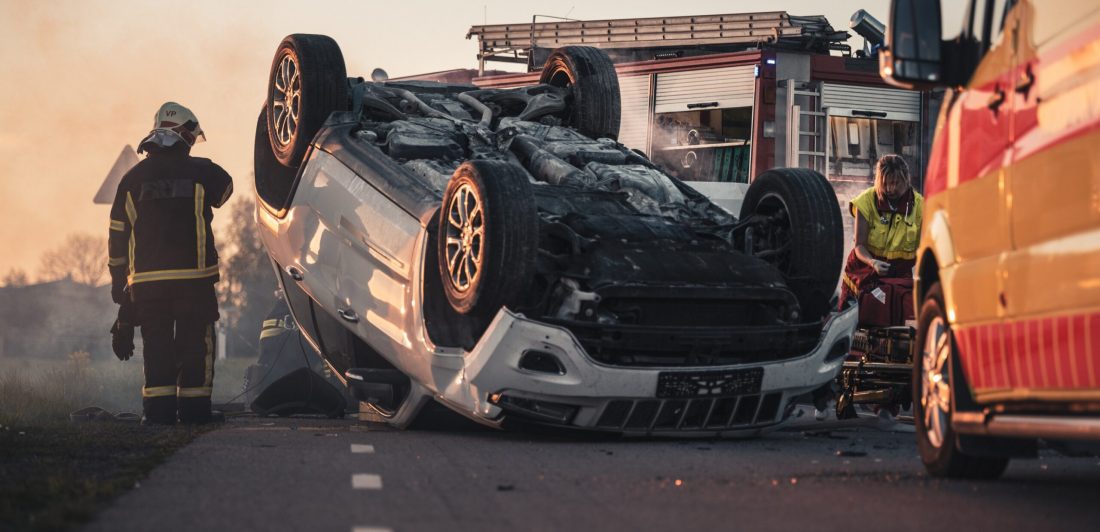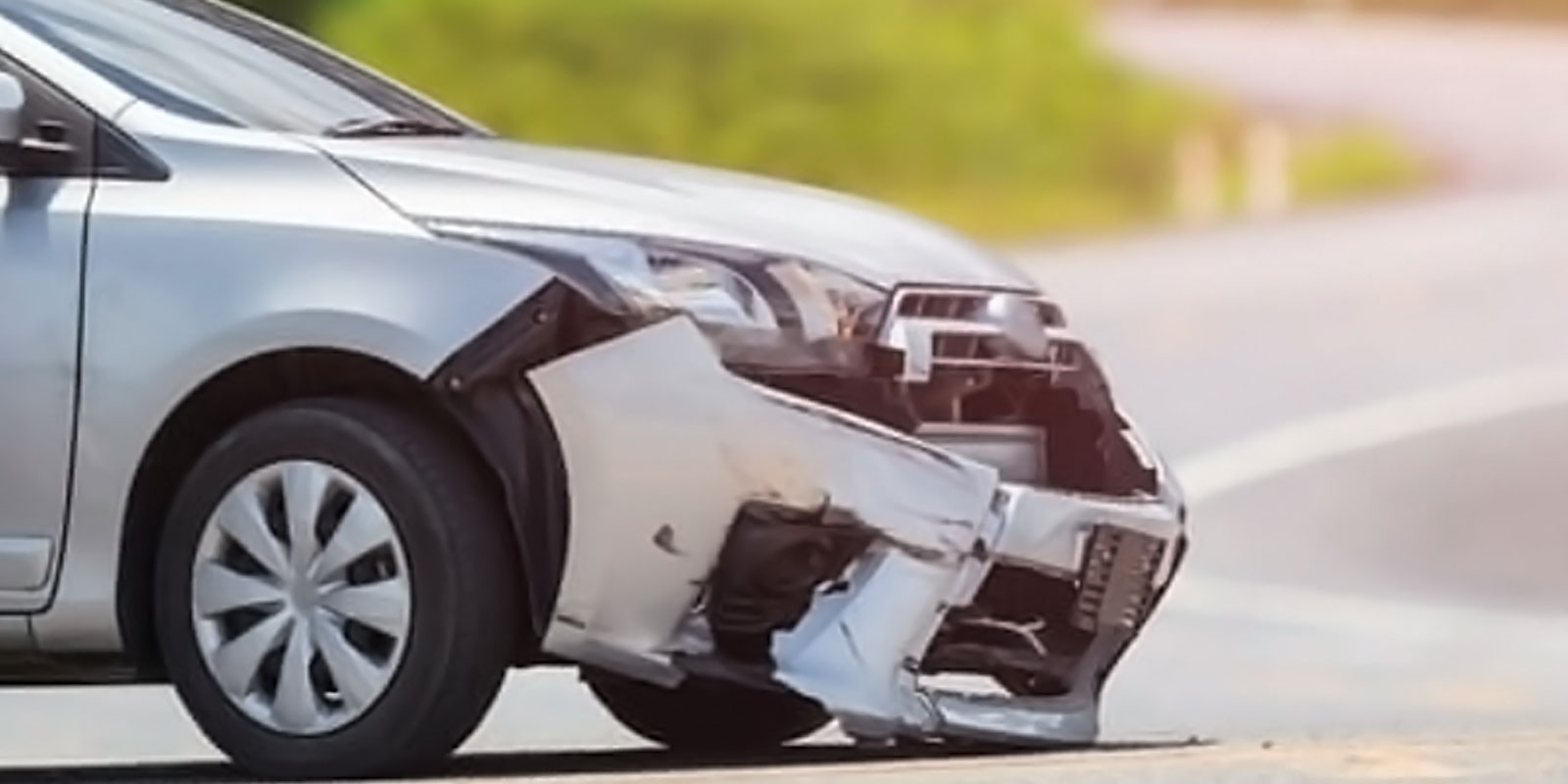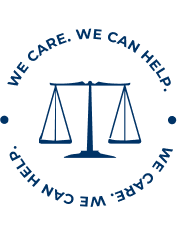If you’re a Texas local, you probably know that most Texans treat posted speed limits as more of a suggestion rather than the law. On some roads in Texas, people who drive the speed limit are constantly left in the dust by others who seem to have a lead foot.
What those speeding drivers may not realize is that driving faster is not driving better. Speeding is one of the most dangerous driving behaviors, right up there with drunk and distracted driving. In fact, speeding is a leading cause of car crashes.
Why Do People Speed?
Despite the dangers and potential legal consequences of speeding, it is one of the most common types of aggressive driving behaviors. While some people may not always realize that they’re speeding when they drive, for most drivers, speeding is a choice. There are many reasons people choose to speed, such as:
- Traffic congestion: Fighting traffic can cause many people to feel frustrated and angry. Unfortunately, these negative feelings often lead to aggressive driving behaviors like speeding.
- Running late: If a driver is running late for work, school, an appointment, etc., they’re often tempted to drive faster than the speed limit to reach their destination more quickly.
- Impatience: Some drivers may choose to speed simply because they are not patient. Driving faster than the posted speed limit often makes them feel like they won’t have to wait as long to get where they’re going.
- Anonymity: Driving a vehicle often gives people a feeling of separation from others on the road. This may cause them to feel they don’t have to restrain themselves from certain driving behaviors like speeding.
- Disregard for others and the law: Sometimes drivers speed because they don’t care about the safety of others on the road or the potential consequences of being ticketed.
Why Is Speeding a Leading Cause of Car Crashes?
According to the National Safety Council (NSC), speed contributed to 29% of all motor vehicle fatalities in 2020. That means speeding played a major role in the deaths of over 30 people per day. But why is speeding a leading cause of car crashes?
Speeding Reduces Reaction Time
First, faster speeds reduce reaction time. A driver traveling at 45 mph has a lot more time to react to another driver slamming on their brakes than a driver traveling at 65 mph. Driving faster than the speed limit can reduce the critical reaction time that drivers need to stop or swerve to avoid a car crash. Many times, drivers who speed don’t have enough time to react and end up crashing their vehicles.
Speeding Increases Stopping Distance
Speeding also increases a vehicle’s stopping distance. Stopping distance is the total distance needed to bring a vehicle to a complete stop. The faster the vehicle travels, the more difficult it is to get that vehicle to slow down and stop completely. If a driver travels over the posted speed limit, they will not be able to stop as quickly as they should, which may cause a car crash.
Speeding Makes Controlling the Vehicle More Difficult
In addition, drivers who speed often lose control of their vehicles more easily. Since it’s more difficult to stop the vehicle when speeding, drivers often have to slam on their brakes or swerve to avoid a crash. Unfortunately, braking hard and swerving can cause the driver to lose control of the vehicle and crash into other vehicles or structures.
What Makes Speeding So Dangerous?
Speeding makes controlling a vehicle more difficult, which is one major reason why speeding is a leading cause of car crashes. However, the real danger of speeding is how likely it is to cause injury or death in the event of a car crash.
Speeding Reduces Protection of Safety Structures
One reason speeding is so dangerous is that it reduces the effectiveness of road safety structures. Road safety structures such as guardrails, impact attenuators, crash cushions, median dividers, and concrete barriers are designed to protect vehicle occupants in a crash. However, if a vehicle hits a road safety structure at a speed faster than the speed it was designed to withstand, its ability to protect the passengers may be reduced.
Speeding Increases Chances of Injury and Death
The statistics don’t lie; speeding dramatically increases the chance of injury or death in a crash. In 2020, there were a total of 10,136 fatal motor vehicle crashes and a total of 11,258 deaths caused by speeding. How many of those crashes may not have resulted in death if no one had been speeding?
Crashes where speeding is a contributing factor are often more severe and lead to more injuries and deaths. Why? Because of kinetic energy. In car crashes, every increase in velocity results in a squared increase in the energy released by the crash. An object doubling in speed has four times the amount of kinetic energy. Thus, a crash at 40 mph results in four times as powerful a collision as a crash at 20 mph. A greater release of kinetic energy leads to more severe injuries and deaths.
What Is Technically Considered Speeding?
First, there are two kinds of speeding laws: the basic speeding law and prima facie speed limits. The basic speeding law prohibits driving “at a speed greater than is reasonable and prudent under the circumstances then existing.” Essentially, the basic law says that drivers must always drive a safe speed for the conditions at that time.
Technically, going even 1 mph over the posted speed limit is speeding. It’s important to note, however, that speeding is also classified by the conditions of the road. If the weather or road conditions are poor, you could even be ticketed for driving the posted speed limit.
The law states that drivers must drive a safe speed for the conditions at that time, so if there is rain, snow, ice, etc., drivers need to slow down. Unfortunately, speeding often plays a large role in crashes as roadway conditions deteriorate. The NSC reported that in 2020, speeding was a contributing factor in fatal crashes for:
- 45% of drivers on roads with moving or standing water
- 42% of drivers on roads with mud, dirt, or gravel
- 42% of drivers on roads with ice or frost
Prima Facie Speed Limits
In addition to this basic speeding law, Texas uses prima facie speed limits. With these speed limits, simply exceeding the posted limit doesn’t automatically mean you’re guilty. Under prima facie law, you have the opportunity to prove in court that your speed was safe. This won’t prevent an officer from giving you a ticket, but you may be found not guilty and avoid paying it.
What Are the Legal Consequences of Speeding?
In Texas, speeding violations are usually misdemeanors, which are considered lesser crimes. Typically, a driver convicted of speeding will have to pay a fine plus court costs. The dollar amount of the fines vary by location and the amount by which the driver exceeded the speed limit. Most speeding fines range from $130-$300.
There are a few circumstances in which a driver may have to pay more than $300 for a speeding ticket. For example, speeding in school zones and construction zones will almost always result in a more expensive fine. In addition, fines can also be higher if the speeding violation involves a car accident.
Can I Go to Jail for Speeding?
As mentioned earlier, speeding is a type of reckless driving behavior, so drivers who speed could be charged for reckless driving. Reckless driving charges are also misdemeanors, but they come with more serious consequences. A driver convicted of reckless driving could face up to 30 days of jail time and/or a maximum of $200 in fines.
Unfortunately, speeding often results in serious car crashes, leading to severe injuries and death. When a person is killed as a result of speeding, the driver could be convicted of vehicular manslaughter or homicide charges. Vehicular manslaughter and homicide charges are felonies, which are punishable by prison time and thousands of dollars in fines.
What Should I Do When People Speed?
Despite the fact that speeding is dangerous and comes with some hefty legal consequences, people often choose to speed anyway. Each person makes their own choice to speed or drive safely, and we can’t control what others do. However, there are ways to help protect yourself even when others around you are speeding or driving recklessly:
- Let faster traffic pass on the left when possible. This is especially important if the driver is tailgating, or following too closely.
- Give speeding drivers plenty of space on the road. Remember, it’s easier for speeding drivers to lose control of their vehicles and run into nearby objects.
- Adjust your driving to get away. Speeding drivers may engage in multiple reckless driving behaviors. It’s best to steer clear to avoid any potential danger.
- Call the police if you believe a driver is putting others in danger.
The Carlson Law Firm Can Help
The sad reality of speeding is that one person’s disregard for the safety of others can cause tragic car accidents. Often, these accidents lead to severe injuries and death. At the Carlson Law Firm, we believe the injured victims shouldn’t have to pay the price for the negligent actions of others.
If you or someone you love has been injured in a car crash, consider hiring a personal injury lawyer. Our caring and compassionate car crash lawyers have the skills and experience to help you recover the compensation you deserve. We care. We can help.





